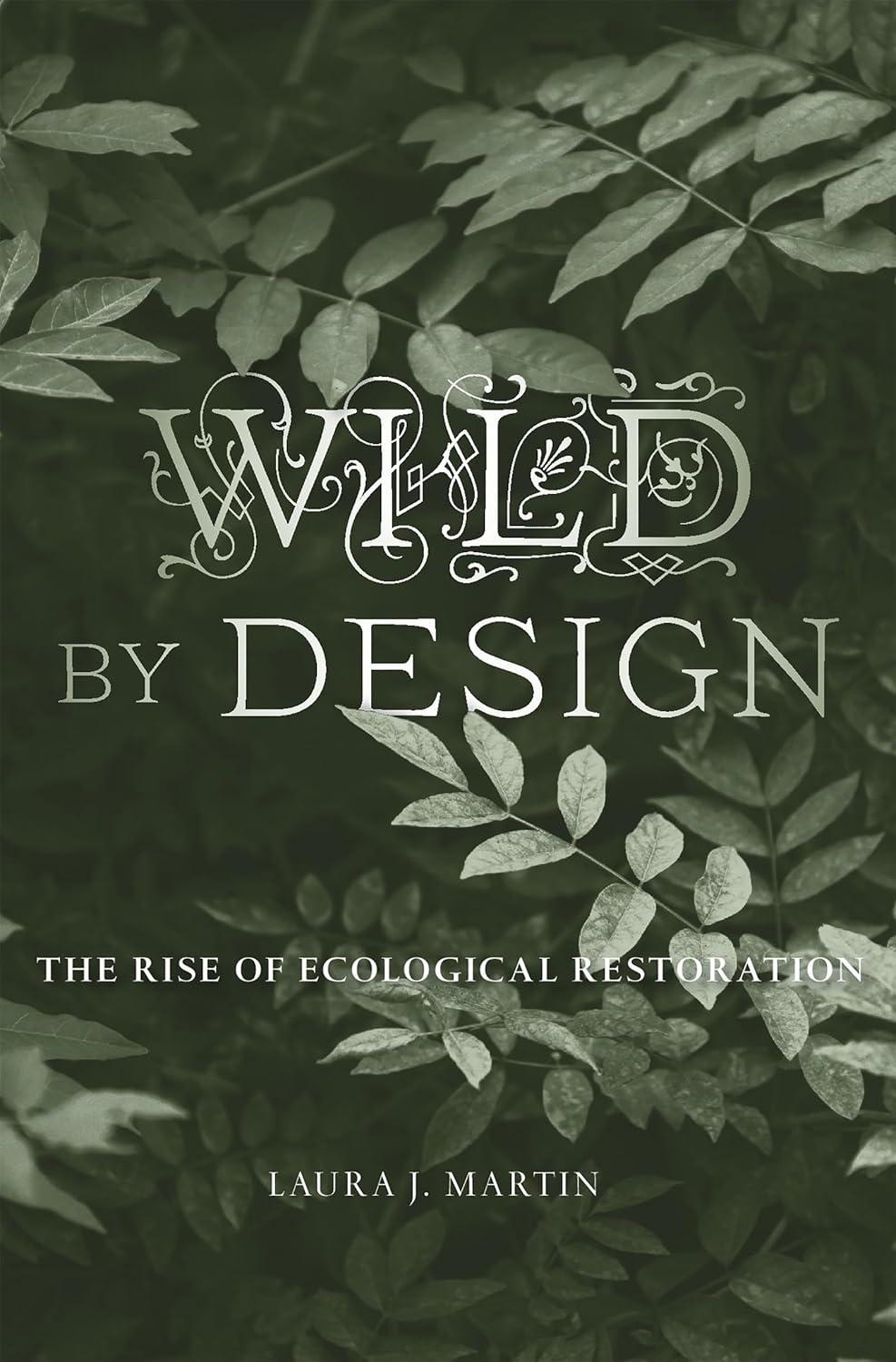They began with a wildflower boycott. Elizabeth Britton, cofounder of the New York Botanical Garden and a renowned expert on mosses and ferns, created the Wild Flower Preservation Society in 1901 in hopes of protecting her botanizing sites just outside Manhattan. She modeled the WFPS after the extremely successful Audubon movement, which coalesced when a group of wealthy Boston women pledged to boycott hats decorated with bird feathers. Like feathers, wildflowers were fashionable Victorian accessories, adorning hats as well as dining room tables. An 1887 magazine article described an elaborate centerpiece made of native wildflowers: a pyramid of jack-in-the-pulpits, violets, and red maple twigs with a border of skunk-cabbage leaves. Citing the success of the Audubon societies, early WFPS members argued that if wealthy women refused to purchase wildflowers from pushcart vendors, it would put an end to wildflower harvesting in the countryside, thereby protecting the “victims of the massacre exposed for sale in our city streets.”
Like many women’s clubs, the WFPS aimed to define moral sensibilities during a time when women’s roles in society were highly contested. In addition to boycotting, wildflower advocates argued, women could reform their own behavior in the countryside. “Let us for a moment consider the cruel waste that is going on in the region of Colorado Springs,” WFPS member Mary Perle Anderson wrote. “On certain days in the week special trains run ‘flower trips’ which are largely patronized by tourists. They recklessly pull up and tear up the flowers, and return with great armfuls and basketfuls, and in their ungoverned enthusiasm, they often deck the cars and festoon the engine with them!” This ungoverned enthusiasm, Perle and other WFPS members contended, was leading to local declines in Christmas greens, ferns, laurels, dogwoods, mayflowers, and other delicate and interesting species. “Weddings, by the way,” Elizabeth Britton wrote in the New York Times, “are a new menace to our native plants.”
The WFPS initially aimed to influence the behavior of Anglo-Saxon women, but as the society expanded, it moved toward policing the behavior of so-called new immigrants to the United States—especially children. A 1904 article in Plant World decried the “hordes” that trampled wildflowers in the Hudson Valley, arguing that “fresh air and other charitable societies have unconsciously aided in this destructive work.” Increasingly, the WFPS strove to assimilate immigrant children through education. It was through schools, Jean Broadhurst wrote in Plant World, that women “reach, control, and elevate the masses brought into our country daily.” Local chapters developed and distributed educational pamphlets, lantern slides, and children’s books, and presented plays and pageants, shaping a generation’s relationship to nature.
